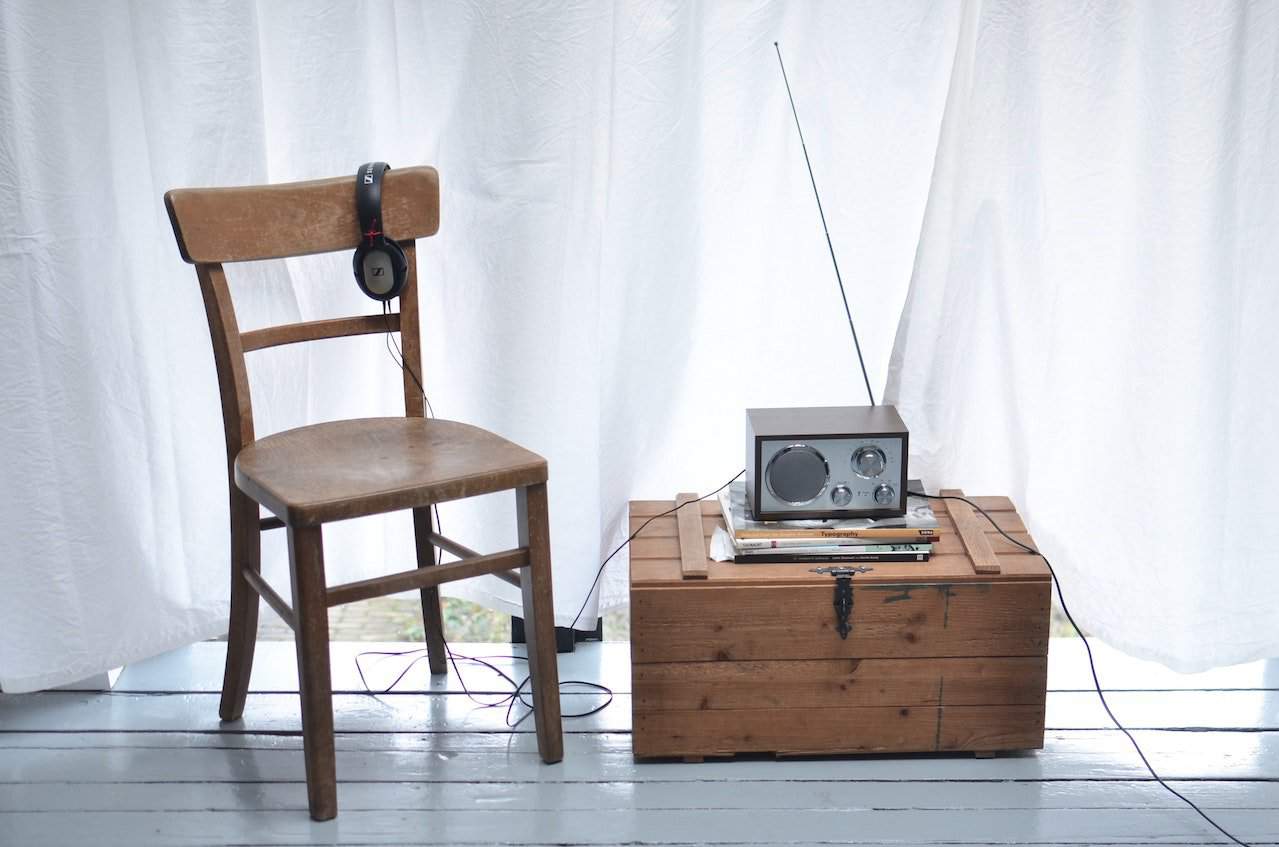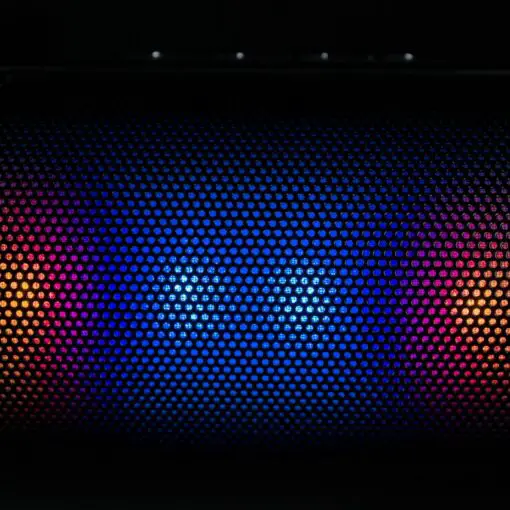The top ham radio antennas: choosing the right one for your set-up can be difficult! With the technology of short-wave radio growing in innovation year by year, even experts can begin to feel overwhelmed with all the factors that can go into this decision. Luckily, we’ll help you understand which ham radio antenna is the best for your set-up!
Selecting the best ham radio for your set-up does not only include coverage and performance considerations. Selecting the correct type, such as rubber duck, dipole, or a yagi antenna are just as important. It is also important to consider the quality of the antenna’s construction and the type of connection it will need.
In this article, we’ll go over the three main considerations when observing the top ham radio antennas: choosing the right one for your set-up! By the conclusion, you can go into your decision armed with as much useful information as possible. Let’s get started!
How to Choose the Right Ham Radio Antenna For Your Set-Up
Looking at a list of the top antennas in terms of popularity and performance is one way to make your decision for your own set-up: however, these are far from the only things you should consider!
Though there are many factors about a ham radio antenna worth discussing, we’ve narrowed the criteria down to our top three things to consider when choosing the right ham radio antenna for your set-up:
- Antenna Type
- Construction of the Antenna
- Type of Antenna Connection
These three factors might seem simple at first glance, but there are a lot of reasons to make sure you know the ins and outs of each one before selecting an antenna. Let’s go over what makes each of these considerations so important when you go looking for the best antenna to suit your set-up.
1. Antenna Type
There are more than one type of antenna on the ham radio market. Each one comes with it’s own set of pros and cons and is meant to be used in one of three ways: either for hand-held radios, a base station, or a mobile radio.
If you have a handheld radio, for example, you may opt for the cheapest type of antenna: a rubber duck. This is the most common antenna to come with the ham radio itself, and most choose to replace it because of it’s lack of power and durability. If you’re looking for travel efficiency, consider replacing it with a roll-up or J-pole antenna!
For a base station antenna, you’ll want something with high amounts of power capabilities, like a ground plane antenna. It is available commercially and capable of withstanding bad weather conditions.
Similarly, the yagi antenna is excellent for base radio stations because it’s direction can be changed, allowing it to concentrate the output of power in different directions.
Finally, if you’re looking for an antenna type for a mobile radio, you’ll also want to think through an antenna that is made to handle large amounts of power. Antennas made for mobile radio setups come in either ¼, ½ or 5/8-wave vertical setups. The higher the antenna, the more gain when picking up transmissions!
2. Construction of the Antenna
The construction of the antenna refers to more than just it’s length or even it’s ability to be compounded or rolled up for convenience. You want to find an antenna that is durable, able to last for long amounts of time.
Whether setting up for a base camp or a handheld radio, do not choose an antenna that feels light, delicate, or easily bent. You should be sure that the antenna can handle itself in strong winds or other elements that could powerfully interact with it.
3. Type of Antenna Connection
Finally, when looking for the best ham radio antennas, you’ll need to consider the types of connection that your setup has for an antenna. Even if you pick an antenna that is well-made and full of great features, if the connections don’t match up with your setup, you’ll be out of luck entirely!
If you have a car radio setup, you’ll want to use a lip mount. If you’re using a handheld radio, the best choice is an SMA-female connector. Make sure your setup connection works well with the antenna you choose!
Top 3 Ham Radio Antennas
Now that we know the criteria for ham radio antennas beyond which ones sell the best or cost the most, let’s take a look at the top ham radio antennas! This list should give you a place to start when browsing the best of the best for your own set-up, according to the criteria summarized above.
- Nagoya NA 771 – A handheld antenna, small and vertical in construction, but efficient enough to be included with most of the handheld transceivers widely used in the ham radio community. It is about 16 inches long and performs well when found authentically. Some companies try to counterfeit this antenna, so be careful!
- VFAN Dual-Band Magnetic – This mobile Ham Radio Antenna is incredibly powerful, which is it’s best claim to fame. It can support a handset running on 100-watts, comes with a powerful earth magnet known for it’s rarity, and can even be paired with high-powered car radios.
- HYS 9dBi YAGI Antenna – This antenna is most popular for base station set-ups, and is best used when your base is located far from easy repeater access. This is because this antenna can communicate directionally by rotation. The HYS brand offers over 100W of power and is made with aluminum alloy for great durability and outdoor use!
With a radio antenna for each type of set-up, each of which is made with excellent construction, all you’ll need to do is see which one has the connections you’re looking for!
In Conclusion
To sum everything we’ve learned up, the three things most important to look for in a ham radio antenna are which type best suits your set-up in terms of what kind of “base,” you’ll be transmitting from, how sturdy the antenna is for longevity, and what type of connection the antenna has. Once these boxes are checked, you’ll be able to move on to picking out the best!
The top antennas on the Ham Radio market right now vary from type to type. For example, we found that the Nagoya NA 771 was an excellent choice for those with a handheld radio. In fact, it is popular enough for many companies to try and take advantage of that reputation by creating counterfeits.
In terms of a mobile radio antenna, we found nothing better than the VFAN dual-band magnetic, which is impressive in terms of power, able to work with extremely powerful car radios on the go. Finally, we recommend the HYS 9dBi YAGI for base stations thanks to it’s durability and directional capability.
Remember, when looking for the best antenna, first consider your own set-up. Ask yourself what your radio needs; a small type of antenna for mobility, or a large and powerful antenna? Then make sure anything you pick is durable and has the best connections for your set-up. With the right antenna, you’ll be transmitting for years to come with great success!





